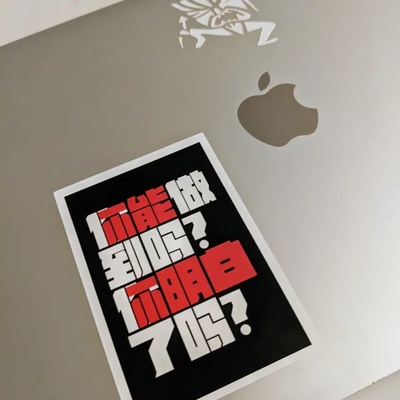Obsession With A Blue Notebook

旧文( June 29, 2004)
My childhood obsession never included dolls or jewels or anything with glitz. Whenever I was in a store, I always made a beeline to the paper supply counter. I was obsessed with notebooks. Especially those good-looking ones with hard covers, which open to solid white sheets of papers. Well, actually, those notebooks didn’t exist in stores from my childhood. Notebooks belonged to my childhood were made from recycled papers. The paper was yellowish and coarse. Occasionally an old block letter would sneak in, superiorly laughing at the zigzag fibers, the only other remnants of an old newspaper from its previous reincarnation. Before you start thinking I might have grown up in a hippie colony where environmental crazed hippies made notebooks from recycled paper. I should clarify. I grow up in the 70′s China. Recycle was not trendy, but a necessity. The higher quality notebooks had red or blue plastic covers, on which printed famous quotes from Chairman Mao, in gold color.
With that obsession in mind, you might understand now why I was attracted to Paul Auster’s new novel, Oracle Night. I’ve heard Terry Gross interviewing him on NPR and knew the book started with a magical blue notebook. Later I saw it in the bookstore and on amazon. I thought it had the most beautifully designed book jacket’a blue cloth-bound notebook. I was delighted on Saturday when I found an audio book version of it in the library, and Paul Auster himself read it.
I’m on tape 3 right now. There are six tapes total. It surprised me how much I enjoyed it so far. Auster is a writer with superior techniques. In Oracle Night, there are basically three sets of stories going on. Auster’s story is about a writer Sydney, who has just recovered from a serious illness and has just started writing again, in Sydney’s new story, the main character is an editor, who is editing another story. They are like Russian dolls, being placed one inside of another. Unlike Russian dolls, however, one isn’t smaller than its predecessors. They are somehow all inter- related in some mysterious way. He has the ability to keep me engaged in this complicated web of stories and not confusing the three sets of characters in anyway.
I remember my earlier experience with him, and remember his stories being strange but readable. I also remember my not liking it at the end because they were always melancholy and made me uncomfortable. His story has a similar affect on me as those stories written by the Chinese female writer Zhang Ailing. They made me feel all twisted up inside somehow, suffocating.
So right now, I’m enjoying the story but in the back of my mind, I’m dreading to finish it, afraid I won’t like it as much as I am now.
As for the notebook:
"The Portuguese notebooks were especially attractive to me, and with their hard covers, quadrille lines, and stitched-in signatures of sturdy, unblottable paper, I knew I was going to buy one the moment I picked it up and held it in my hands. There was nothing fancy or ostentatious about it. It was a practical piece of equipment — solid, homely, service-able, not at all the kind of blank book you’d think of offering someone as a gift. But I liked the fact that it was cloth-bound, and I also liked the shape: nine and a quarter by seven and a quarter inches, which made it slightly shorter and wider than most notebooks. I can’t explain why it should have been so, but I found those dimensions deeply satisfying, and when I held the notebook in my hands for the first time, I felt something akin to physical pleasure, a rush of sudden, incomprehensible well-being. There were just four notebooks left on the pile, and each one came in a different color: black, red, brown, and blue. I chose the blue, which happened to be the one lying on top."
That, is my dream notebook.